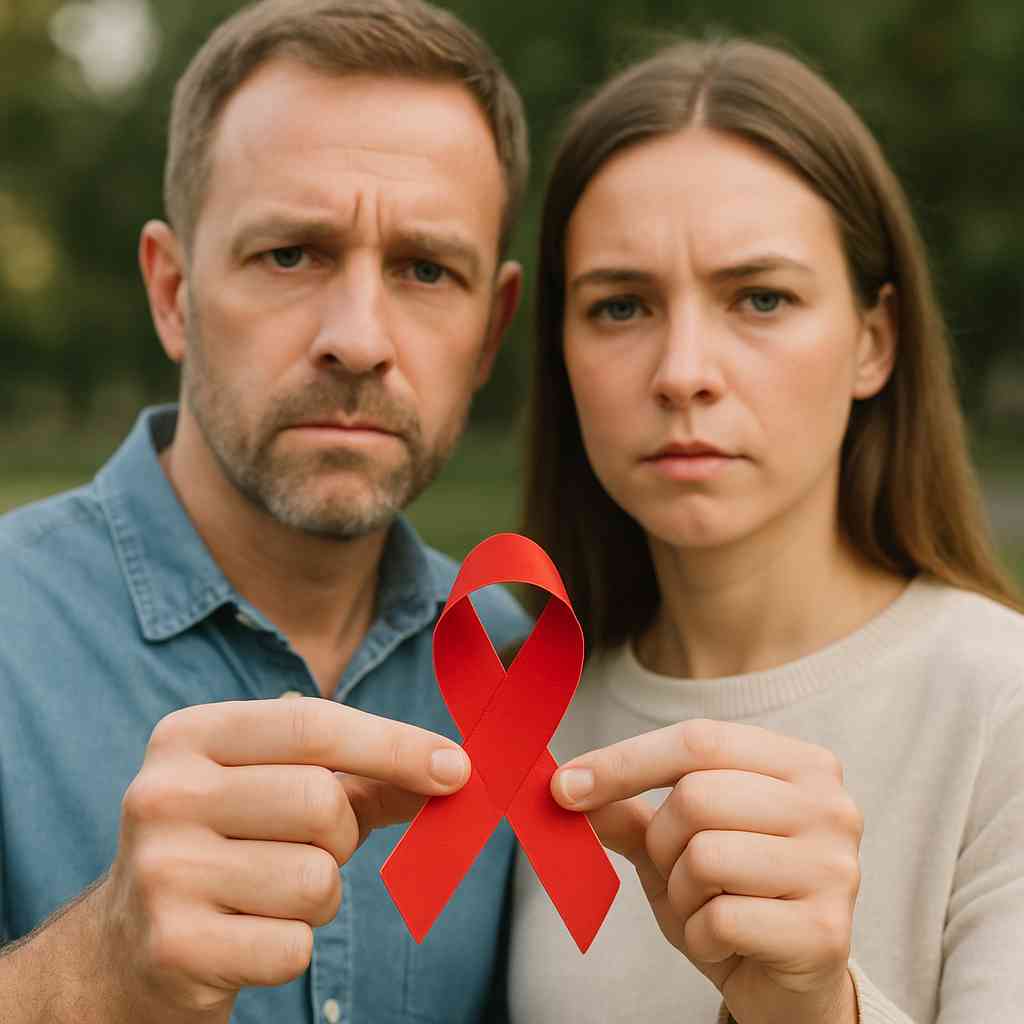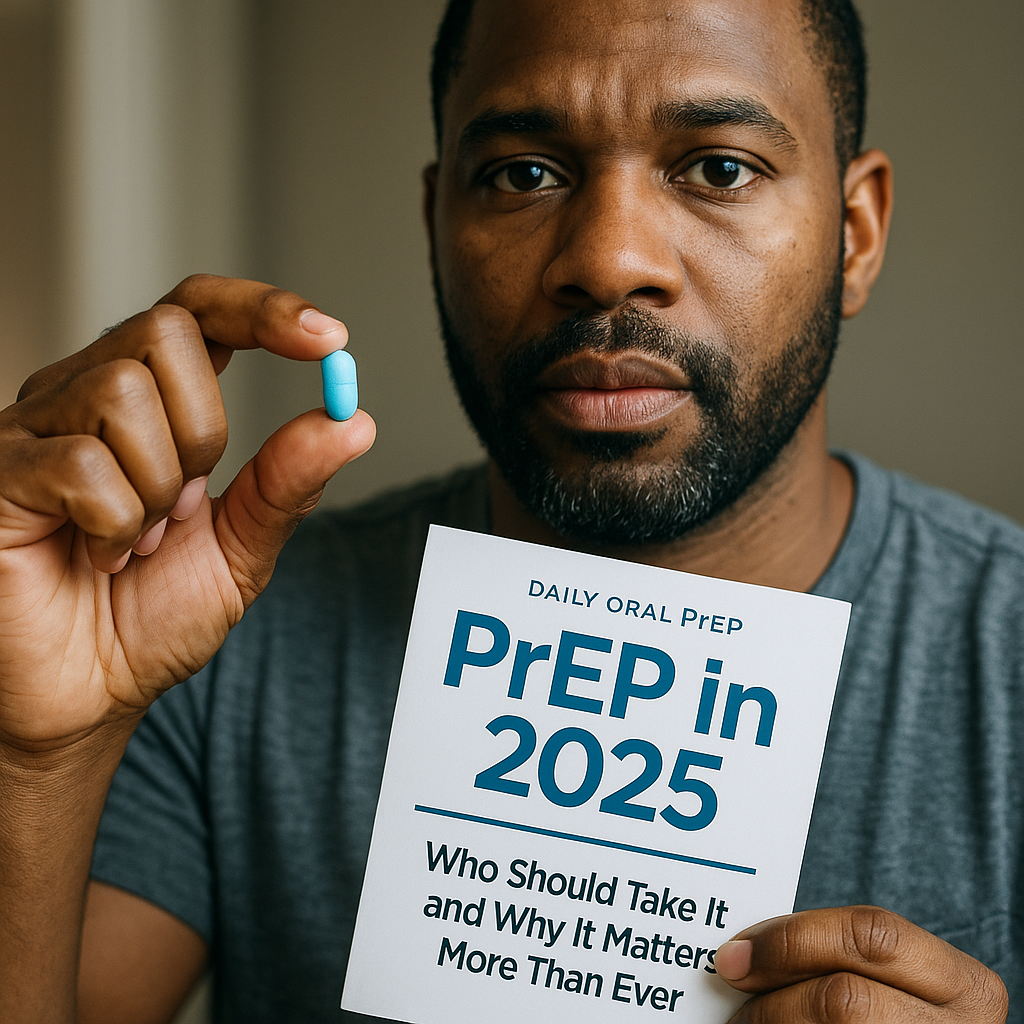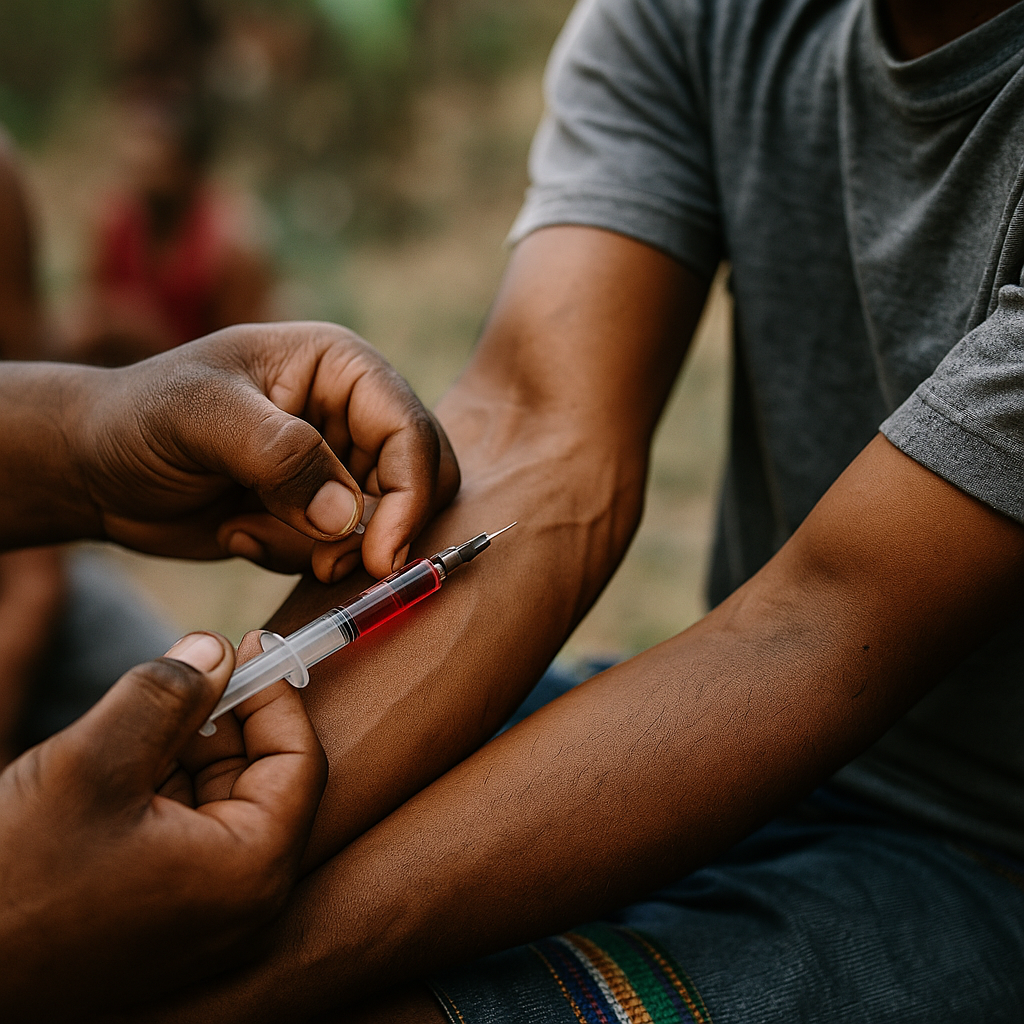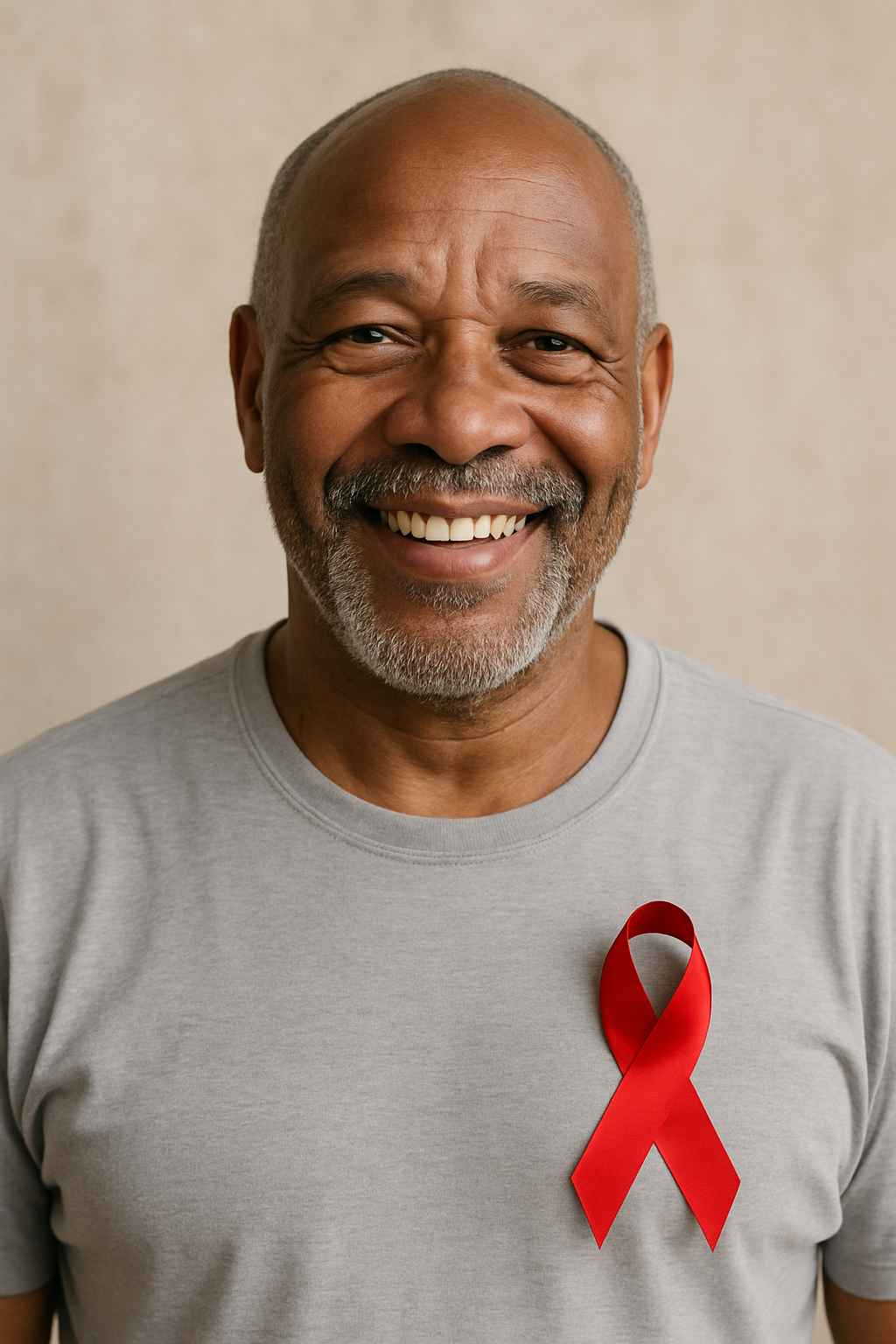Preventing HIV is more achievable today than ever before. In 2025, advances in science, medication, and public health programs are giving people more tools to protect themselves. So what are the top HIV prevention methods this year, and how can they help reduce transmission rates?
Table of Contents
- Pre-Exposure Prophylaxis (PrEP)
- Condom Use and Safe Sex Practices
- New Developments: HIV Vaccines and Injections
- Testing, Awareness, and Behavioral Prevention
- Conclusion
- FAQ
Pre-Exposure Prophylaxis (PrEP)
PrEP continues to be one of the most effective tools for HIV prevention. In 2025, newer formulations require fewer doses, with some options offering monthly pills or long-acting injections every two months. These reduce the need for daily medication and improve adherence.
PrEP is recommended for individuals at higher risk, including those with HIV-positive partners or multiple sexual partners. When taken consistently, it reduces the risk of acquiring HIV by over 99%.
Condom Use and Safe Sex Practices
Although newer treatments have emerged, condoms remain a cornerstone of HIV prevention. They also offer protection against other sexually transmitted infections (STIs). Proper and consistent use is key, and modern latex and polyurethane condoms are more comfortable and reliable than ever.
Talking openly with partners about sexual health and testing can also make a big difference. Communication helps reduce stigma and build trust in relationships.
New Developments: HIV Vaccines and Injections
One of the most promising breakthroughs in 2025 is the HIV vaccine currently in large-scale trials. While not yet widely available, early results are encouraging. Additionally, injectable PrEP options are expanding, offering effective protection without daily pills.
These new tools, combined with education and access, could dramatically reduce new HIV cases in the coming years.
Testing, Awareness, and Behavioral Prevention
Routine testing is a critical part of prevention. Knowing your status means you can take proactive steps if needed. Rapid and at-home HIV tests are now more accessible and accurate than ever before.
Behavioral strategies—such as reducing the number of partners, avoiding needle sharing, and engaging in mutual monogamy—also play a crucial role in stopping transmission.
Conclusion
In 2025, HIV prevention is stronger, smarter, and more personalized. From PrEP to potential vaccines, there are more options than ever for protecting your health. Education, testing, and safe practices remain essential pillars in this ongoing effort.
FAQ
What is the most effective way to prevent HIV?
PrEP and consistent condom use are among the most effective methods available today.
Is there an HIV vaccine available in 2025?
While not yet approved for public use, several promising vaccines are currently in advanced trials.
Can I take PrEP if I’m in a monogamous relationship?
Yes. If one partner is HIV-positive or if there’s uncertainty about risk, PrEP is a safe option.
How often should I get tested for HIV?
At least once a year, or more frequently if you are at higher risk. Many people opt for testing every 3–6 months.
Where can I learn more about HIV prevention?
Speak with a doctor or visit trusted resources like the CDC or Healthcare.pro for guidance.
This content is not medical advice. For any health issues, always consult a healthcare professional. In an emergency, call 911 or your local emergency services.




